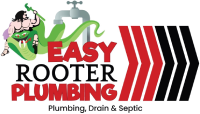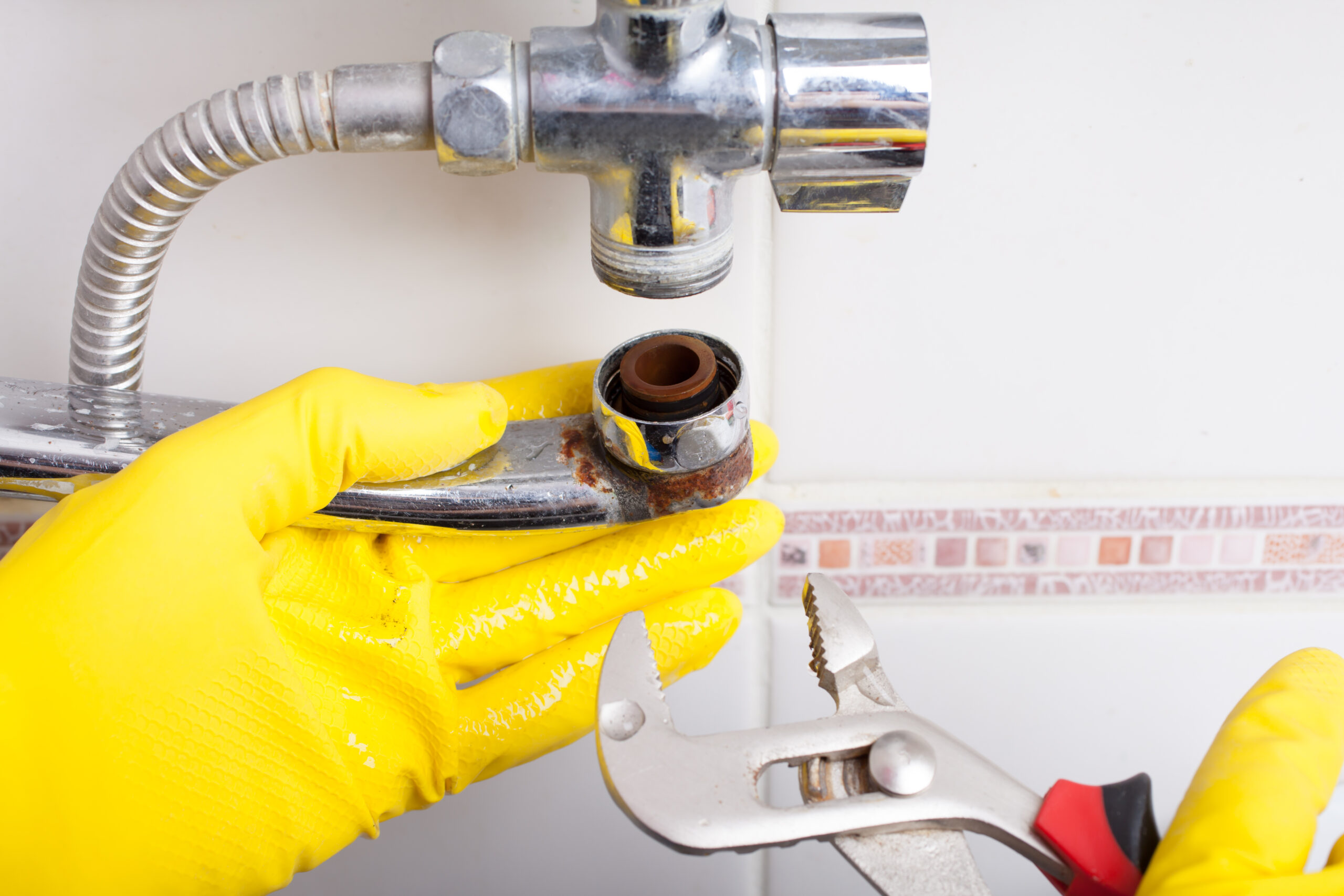DIY Plumbing Repair Tips: How to Run Water Lines in a House
A steady and leak-free water supply depends on the right installation of water pipes. Usually, one should hire professional plumbers in Carson City to manage the proper running of water lines in a house. However, you must also know DIY tips to take care of your water lines. Doing this can avoid unnecessary expenses on minor wear and tear in the plumbing system.
Knowing all the details about water lines helps you track issues relating to water line installation and repairs. So, gear up because this blog will provide some interesting and helpful details on how to run water lines.
| Get your plumbing system back on track! Reach out for quick and efficient solutions |
DIY Tips for Replacement or Installation of Water Lines
Are you a fan of DIY techniques? Here is your chance to learn more about your plumbing system. Learning DIY tips help you remodel old and damaged water fittings. You also gain a better understanding of installing a new water line. So, let’s begin:
1. Understand Your Home’s Plumbing System
Before you start any water line operation, understanding its basics is essential. Do you know that a typical water supply system consists of two primary types of pipes:
- Cold Water Lines: These pipes carry water directly from the main water source to various fixtures, such as sinks, toilets, and appliances.
- Hot Water Lines: These connect to the water heater and supply warm water to different areas of your home.
So, if you find any issues with your water heaters, the hot water lines need to be checked, and for other issues, check the cold water lines.
2. Know the Best Pipe Materials
The right selection of pipe material is also important. The most common options include:
- PEX Pipes: If you’re a beginner, use PEX pipes for plumbing repairs. These are flexible, easy to cut and install, resistant to corrosion, and suitable for both hot and cold water. Moreover, they are cheaper than other options like Copper pipes. PEX is mostly used for drains or waste lines.
- Copper Pipes: Copper is more durable and reliable but more expensive and requires soldering. It can last a long time and is mostly used for water supply lines and heating systems. Copper is not used in drain lines because it corrodes over time.
- CPVC Pipes: It’s a budget-friendly alternative to copper, suitable for hot and cold water but less flexible than PEX.
3. Have a Tool Kit
Water line repairs and installation need various tools. It’s better to have a special tool kit with the most essential tools needed frequently. Here’s the list of important tools:
- Pipes (PEX, Copper, or CPVC)
- Pipe cutter
- Pipe fittings (elbows, tees, couplings)
- Soldering kit (if using copper)
- Teflon tape
- Pipe clamps and fasteners
- Drill and hole saw
- Adjustable wrench
- Measuring tape
- Plumber’s tape
4. Plan Before Installation
Proper planning before installation is very important. Whether you are doing it yourself or with the help of a professional plumber, follow these steps:
- Sketch a layout of your home’s plumbing system, marking the locations of sinks, toilets, showers, and appliances that require water.
- Accurately measure pipe lengths to minimize waste and ensure an efficient design.
5. Turn Off the Water Supply
Turning off the water supply before any repair or installation is necessary to prevent flooding and water damage. To do this, you need to locate the main shutoff valve and turn it off. It is usually found near the water meter.
6. Tips for Operating the Pipes
- For Cutting: You can use a pipe cutter or hacksaw to cut pipes according to the measured lengths. To prevent leaks, you can try sanding or deburring.
- For Running: Use a hole saw to drill through studs and joists where pipes will pass. Then, run the pipes through these holes and secure them with pipe clamps to prevent movement. Use proper fitting for corner and branch lines.
- For Connecting: Crimp rings or push-fit connectors are perfect for PEX pipes. For Copper pipes, use Solder fittings, and for CVPC pipes, use CPVC glue and primer.
7. Always Test After Any Repair or Installation
Don’t forget to test for leaks or other issues after the operation. Turn the main water supply back on Before closing up walls or ceilings. If you notice any leaks:
- Tighten connections.
- Apply more Teflon tape on threaded joints.
- Re-solder copper fittings if necessary.
8. Insulate Your Pipes
Use foam pipe insulation to insulate your pipes. This will prevent heat loss and decrease the risk of frozen pipes in colder climates. Insulation is required if your pipes run through unheated areas such as basements and attics.
Read More About:
- Be Aware of Sewer Line Distress Signs
- Your Plumbing Inspection Checklist – What to Include
- How Do You Know When To Empty A Septic Tank?
Takeaway
Learning DIY tips for water line repairs or installation is very beneficial, especially when dealing with minor issues. This way, you can resolve small problems without spending money on hiring a plumber. However, if you are a bit unsure about some major issues and don’t know how to handle them or need large-scale water line installations, it’s best to hire professional plumbers in Spark.
Get the Best Plumbing Services with Easy Rooter Plumbing
Does your plumbing system need professional repairs? Are you looking for an emergency plumber in Reno, NV, Carson City, and Sparks? Then, you’re at the right place!
We at Easy Rooter Plumbing offer quality services in Reno. We understand that plumbing emergencies are unpredictable and need immediate action. Therefore, we provide 24/7 emergency services. We have been the customer's first choice for the last 46 years. Our licensed technicians and timely services will never let you down. We are affordable and deliver honest plumbing services.
Call us at (775) 242 6665 for professional assistance.

